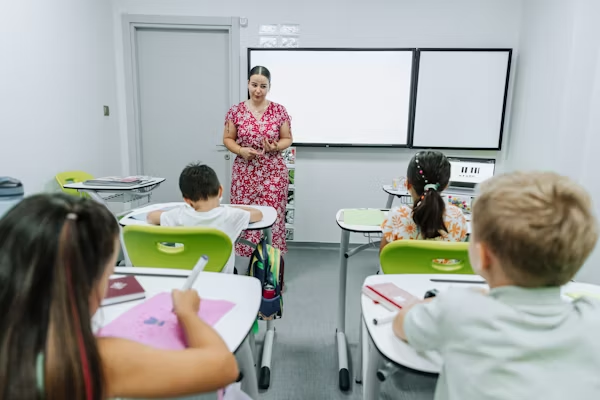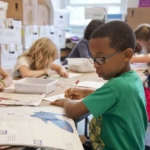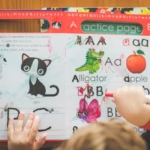Overview:
The Importance of Inclusive Classrooms in 2025
According to the EdTech Impact Report 2025, 87% of educators believe that inclusive practices increase engagement for all students, and 1 in 4 students will need some kind of learning accommodation by 2025. Today’s classrooms must change to accommodate the latest developments in AI, assistive technology, and neurodiversity-aware pedagogy in order to guarantee that every student succeeds.
This 2,500+ word guide combines teacher-tested tactics with research from 2025 to assist you:
- Put Universal Design for Learning (UDL) frameworks into practice. Utilise state-of-the-art assistive technology
- Encourage a sense of social and emotional belonging
- Respond to frequently asked questions by parents and educators
- Get free templates and checklists.
1. The Basics of Inclusive Education (2025 Update)
An Inclusive Classroom: What Is It?
- Regardless of neurotype 6, ability, or language, all students learn together.
- Lessons are differentiated to accommodate various learning styles, which is standard practice rather than exceptional.
- Accessibility improved by technology: speech-to-text software, virtual reality social skills training, and AI tutors are now commonplace 513.
| Metric | Impact | Source |
|---|---|---|
| Academic gains | 40% higher test scores in inclusive settings | Journal of Educational Psychology 2025 |
| Social benefits | 58% improvement in peer relationships | Inclusive Schools Network 2025 |
| Teacher impact | 72% report better classroom management | Edutopia 2025 |
2. Crucial Plans for 2025
1. UDL, or Universal Design for Learning
2025 Improvements:
- AI-powered scaffolds: Differentiated lesson plans 5 are automatically generated by programs such as MagicSchool AI.
- Multisensory content: For STEM 9, pair tactile manipulatives with virtual reality labs (like Labster).
Table of Implementation:
| UDL Principle | 2025 Tool Example | Benefit |
|---|---|---|
| Multiple Means of Engagement | Classcraft (gamified learning) | Boosts motivation by 62% |
| Multiple Means of Representation | Canva Edu (visual infographics) | Helps visual learners |
| Multiple Means of Expression | Flipgrid (video responses) | Supports non-verbal students |
Integration of Assistive Technology
Top 2025 Resources:
- Speechify 3.0: Reads text aloud at seven different speeds.
- Orbit Reader 20: Inexpensive braille screen for students with blindness 13.
- Goblin Tools: Divides work into manageable chunks to support executive function 9.
3. SEL, or social-emotional learning
Autistic students benefit from practicing interactions through virtual reality social skills training, such as Floreo 13.
Peer relationships across abilities 6 are fostered by “Lunch Bunch” programs.
Adaptations by Subject
STEM fields
- 3D printed models for learning geometry through touch 13.
- Scratch 4.0: Coding for Students with Motor Challenges 5.
Language Arts
- For dyslexic students, audiobooks plus AI summaries (like Bookshare) 8.
- Lesson 5 incorporates Google Translate in multiple languages.
Physical education and the arts
- Instruments that can be adjusted (like keyboards that can be operated with one hand) 6.
- Sports regulations that have been altered (seated volleyball, for example) 9.
4. Getting Past Typical Obstacles
| Challenge | 2025 Solution |
|---|---|
| Limited teacher training | Free UDL courses from CAST.org 9 |
| Resistant colleagues | Peer mentoring + admin-led PD 2 |
| Budget constraints | Grants for assistive tech (e.g., DonorsChoose) 7 |
FAQs
A.Create goals automatically using AI tools such as IEP Writer Pro and student data .
A. Adaptable groups with standing desks and wobbling chairs 6.
A. Make use of picture books such as The Boy Who Thought Differently. 9.
A. Indeed! Combine AI tutors (like ChatGPT Edu) with station instruction 14.
Free Resource Kit for 2025
- SEL activity calendar
- Assistive technology comparison chart
- UDL lesson plan template


